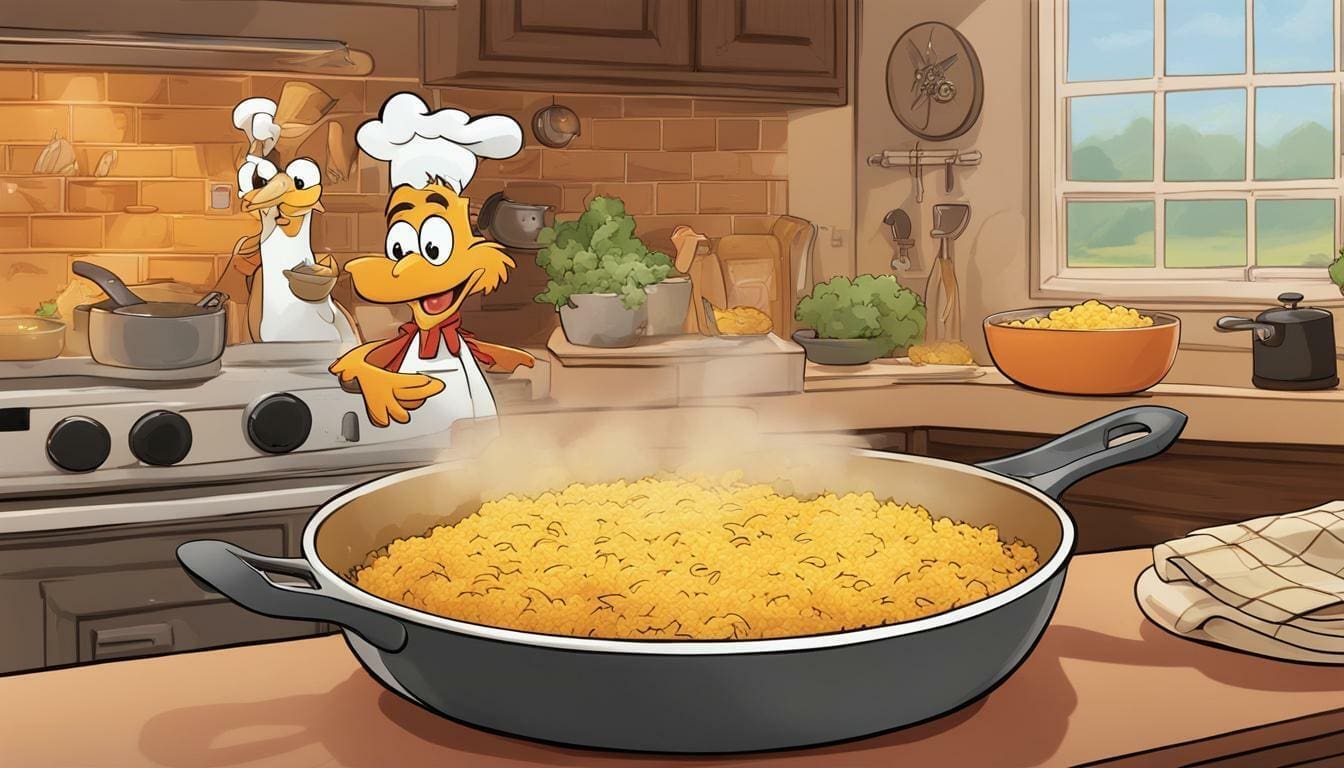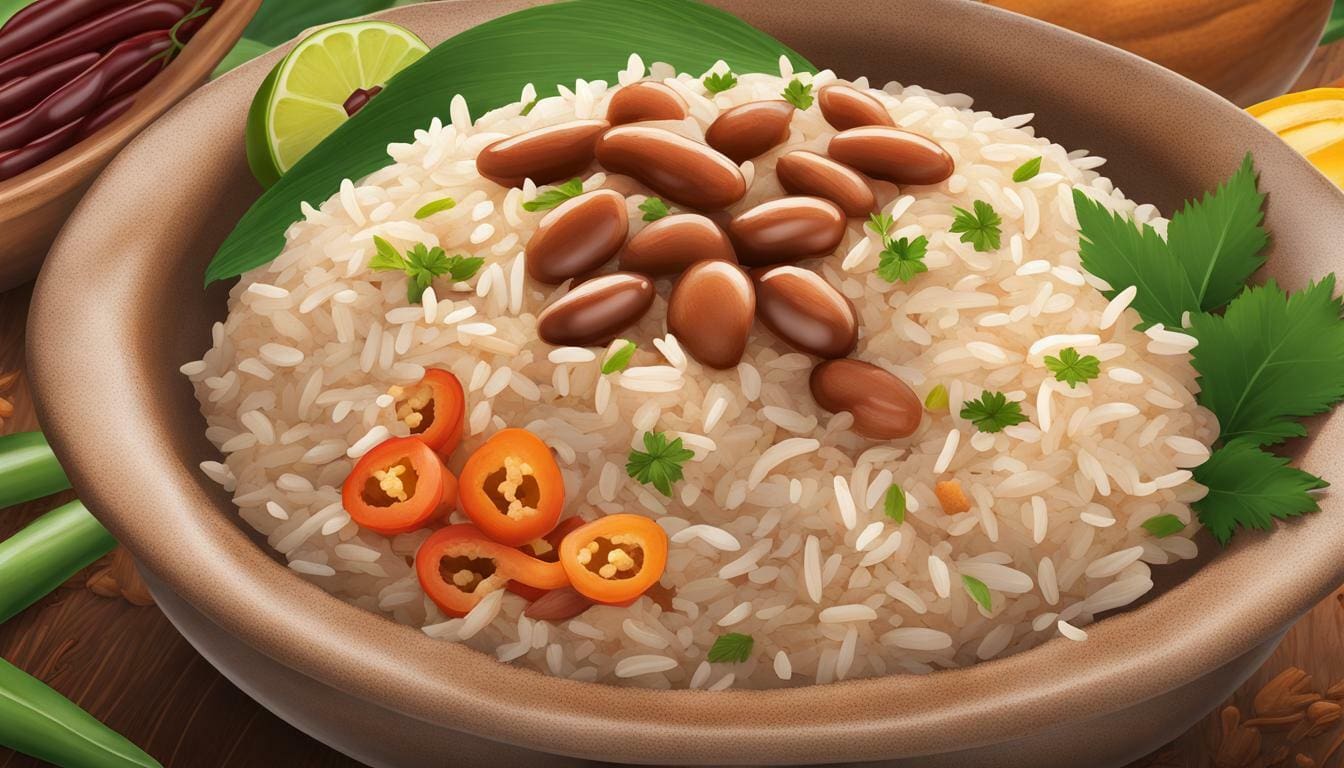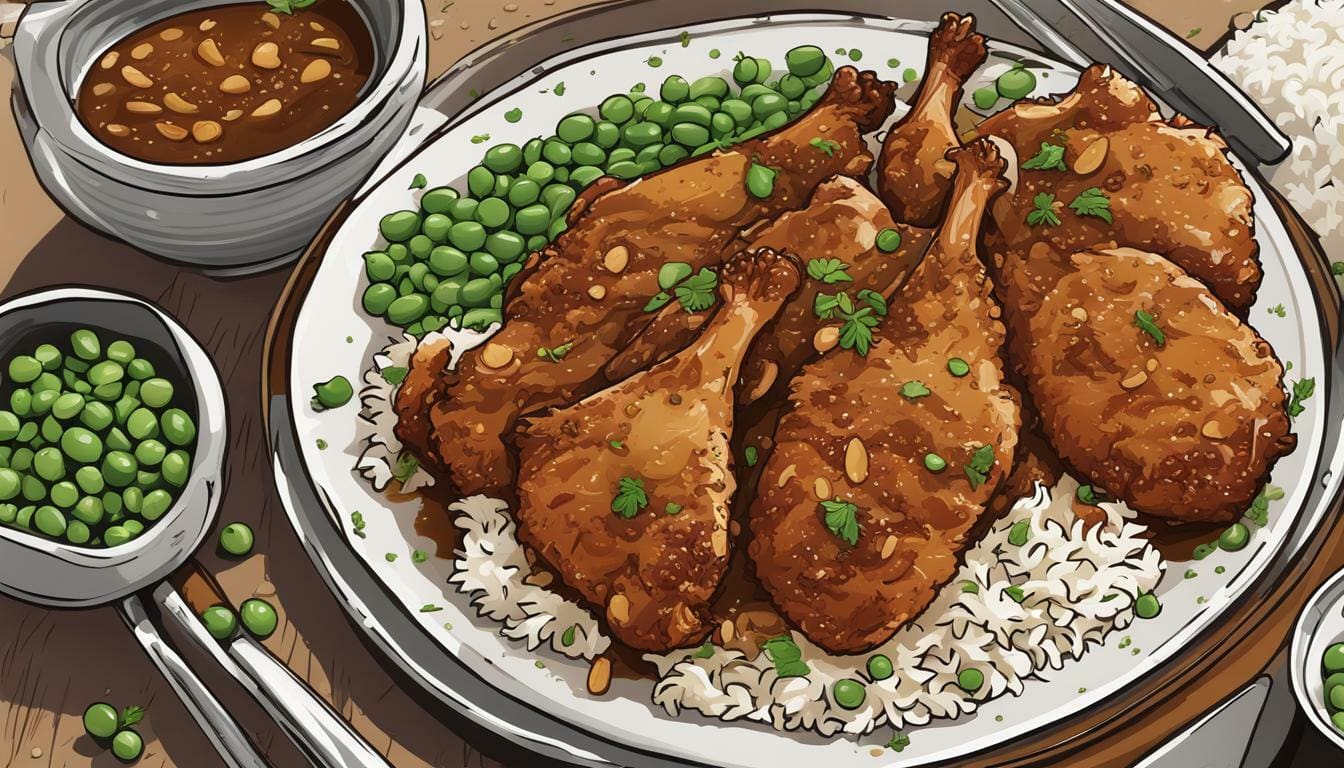Introduction
Mochi, a delectable Japanese sweet, is crafted from sweet glutinous rice flour dough which is then cooked and formed into tiny spheres. These balls are then boiled in a sugary solution, creating a sticky center. Sugar syrup is applied in further boiling, after which the mochi is bundled in a tinted cloth and left to steam for a considerable duration until it achieves its characteristic chewy texture. It’s a customary element during traditional tea ceremonies on New Year’s day, with a variety of mochi named Kinomochi specifically consumed on the day.
Did you know that there are many different types of rice used in mochi? This blog post will discuss the different kinds of rice and their unique properties. We will also talk about how to make mochi using these different types of rice. So, if you’re curious about the different kinds of rice used in mochi, keep reading!
What Is Mochi, And Where Does It Come From?
The Japanese word mochi (餅) refers to a glutinous rice cake made by cooking and molding glutinous rice flour dough into small balls, then boiling them in sugar water until the inner portion of each ball is sticky.
In Japanese, mochi is composed of two kanji characters: the first one (餅) means “rice cake,” and the other one (飯) means “cooked rice.” You can see that mochi is derived from cooked rice. Mochi has been eaten in Japan for a long time, even before recorded history, as archaeological findings show that ancient people used to eat food shaped like mochi.
In East Asia, sticky rice is called nuruk in Korea, nurungji in North Korea and China, or bap in South Korea. In the south of Japan, sticky rice is eaten as a staple food called yoki.
In Chinese history, during the Zhou dynasty (11th-3rd century BC), rulers often used mochi as offerings for deities to pray for good harvests. During festivals such as New Year’s Day and Lantern Festival, mochi was used as a decoration or gift for relatives. People from East Asia have eaten mochi until today.
The Different Types Of Rice Used In Making Mochi
1. Japanese Rice
Japanese rice makes a mochi called koshian, which has a light and soft texture. It is a type of traditional mochi in Japan, which comes in various forms, such as sweet, salty, and spicy. The ingredients of koshian include glutinous rice, soy sauce powder, red pepper powder, and dashi.
2. Short-grain Rice
Short-grain rice is a type of rice that can be used to make mochi. The usable portion of short-grain rice is the sprouted kernel, which contains a great deal of starch. When mixed with water, the starch provides the dough’s elasticity, making it sticky. For this reason, rice flour and wheat flour can be incorporated into mochi dough to make mochi with good elasticity.
3. Wild Rice
Wild Rice contains a lot of nutrients, such as vitamins and minerals, that are essential for human beings. Wild rice also has a rich flavor and high fiber content and is resistant to pests attack compared to other varieties of rice grown in cultivated fields.
4. Rice Milled from High-quality Mochi
The kernels of high-quality mochi are ground into a fine powder that can be used to make mochi. If a high-quality mochi is made by hand, it will cause the dough to get sticky, but if it is made by traditional machinery, the particles of mochi will be smaller and thus making the dough stickier. Therefore, the finer particles of mochi must be used in making mochi.
5. Rice Milled from Low-quality Mochi
Low-quality rice produces sticky dough that easily sticks to the hands after mixing with water or flour. This rice is generally milled into flour and used to make other products, such as bread and cake. In some cases, it is also used in making mochi.
6. Rice Milled from Short-grain (low-quality) Mochi
The process of making short-grain (low-quality) rice into flour can be divided into two steps: the first step is to mill or grind the rice into flour that can be used in cooking, and the second step is to grind or mill the flour into powder. The second step is generally called a “commercial powder.”
How To Cook Mochi Using Each Type Of Rice
1. Japanese Rice
The process of cooking mochi using Japanese rice is almost identical to making mochi using red bean paste. Mixing the dough is the most difficult part. After that, you can follow the standard procedure to cook mochi.
2. Short-grain Rice
Short-grain rice is one of many types of rice used in mochi. The dough becomes sticky when mixed with water, making it easy to make a lump and mold it into balls. However, if you use enough water during the process, the mochi may feel easy after being cooked.
3. Wild Rice
If you don’t have a rice cooker, you can cook mochi using a pan. First, wash the wild rice and place it in water until it becomes soft. Then, drain all the water from the wild rice and grind it into flour using a blender or milling machine. The flour will become fine and sticky enough to make mochi.
4. Rice Milled From High-quality Mochi
The best thing to use when making mochi with a high-quality blender or food processor that uses milling blades instead of just grinding blades.
The Benefits Of Eating Mochi
1. It Is Good For Your Teeth And Gums
Mochi is made of glutinous rice, which contains a large amount of dietary fiber. It also contains large amounts of calcium, magnesium, and manganese, which are essential for our body’s health. The calcium contained in mochi is beneficial for our teeth and gums.
2. It Helps Prevent Disease
Mochi is nutritious, containing large amounts of protein and vitamins such as vitamins B1, and B2 and niacin (vitamin B3). Niacin helps to prevent or reduce the symptoms of pellagra or niacin deficiency disease. Eating mochi is one way to help prevent the onset of this disease in your body.
3. It Is Good For Weight Loss
Mochi is low in calories and contains less fat than other cakes. Therefore, it is a good choice for weight loss.
4. It Helps Prevent Heart Diseases
Eating mochi can lower the risk of stroke, high blood pressure, and heart disease caused by high cholesterol (hypercholesterolemia). In one study, many participants who ate mochi daily developed less plaque in their arteries compared with those who did not eat mochi or had irregular diets.
Conclusion
The history of mochi is fascinating. It has been eaten by people in Japan, China, and Korea for thousands of years. The different types of rice used to make mochi and the ways to make it are shown above. Mochi has various beneficial effects on our health, such as preventing pellagra, lowering cholesterol, and reducing the risk of stroke, high blood pressure, heart disease, and more. In addition, mochi is low in calories and contains less fat than other cakes.


